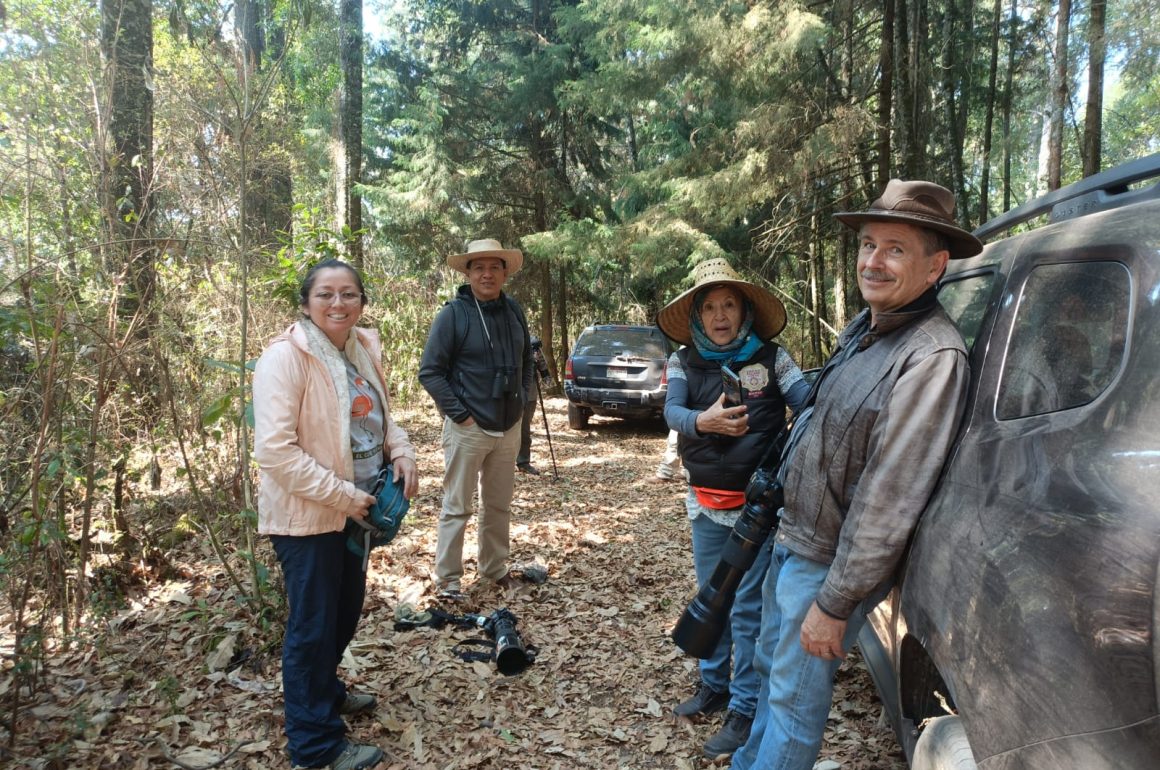
I hereby confess that last week I failed to write a post, although I should do so each week. In my defense, I spent my Thursday morning “deadline” three hours away from my home, in the eastern Michoacán town of Zitácuaro. I was participating as a speaker and guide in the Third Bird Festival of Michoacán. The festival lasted three days, Wednesday through Friday.
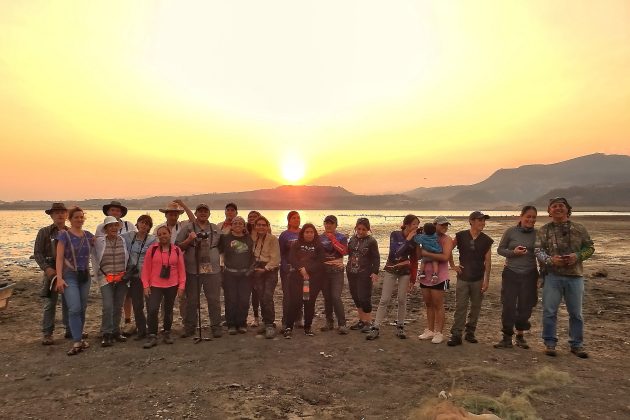
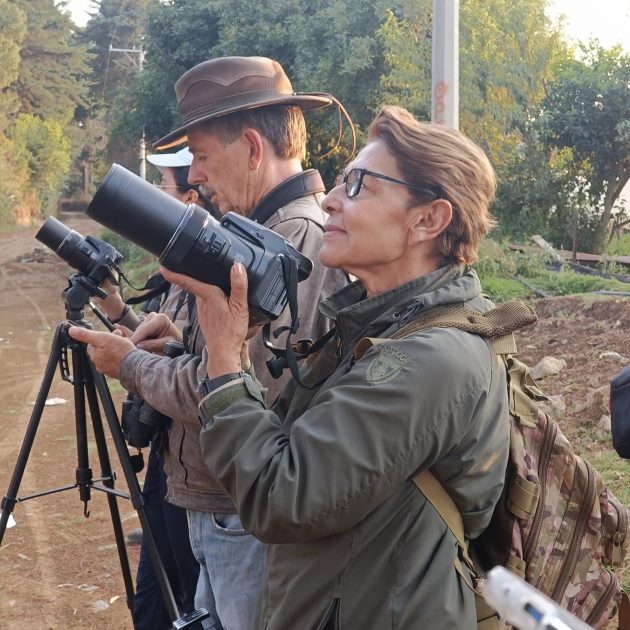
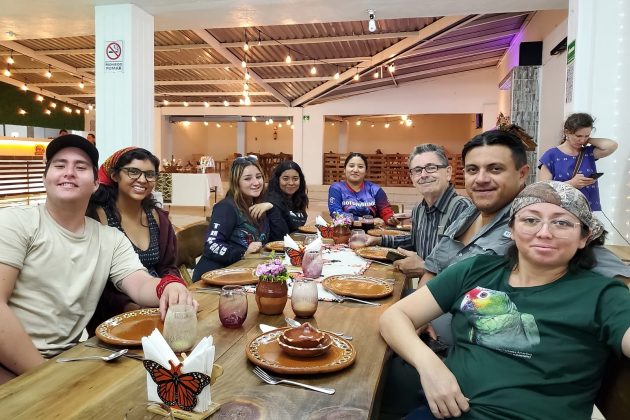
The key word here may be “Third” [Bird Festival, that is]. Birding in Michoacán, and indeed, in Mexico, is quite a new activity. Back when I first appeared on eBird for Michoacán, in 2012, the state’s Top “100” list only had 22 names by years’ end. It wasn’t until 2018 that Michoacán had its first true Top 100. Now, however, we may have 100 contributors for the state by as early as April or May each year. Progress.
Another sign of progress here, is that Chester Lamb has now dropped to #7 in the list of Michoacán’s all-time birders. Why is this significant? Well, Chester Lamb was a researcher for University of California, Berkeley… who died in 1965. (His lists were included in eBird posthumously.) I finally became the first person to pass him up in first place for the state in 2017, a full 52 years after he finished his work here.
One more sign of progress is that I expect and hope to be supplanted as Michoacán’s top birder sometime soon. Our state now boasts quite a number of excellent birders, and the friendly “competition” has been a joy to watch.
These three annual birding festivals have focused on promoting bird tourism in Michoacán. Unlike birding itself, bird tourism here is still a dream, not a reality. But it could become especially important to a place like Zitácuaro. That small city is the launching pad for tourism to the eastern Monarch Butterfly’s wintering grounds. Unfortunately, this lucrative tourism only occurs from November to March, leaving the region’s entire tourist infrastructure abandoned for the rest of each year. Birding tourism could certainly help bridge this gap.
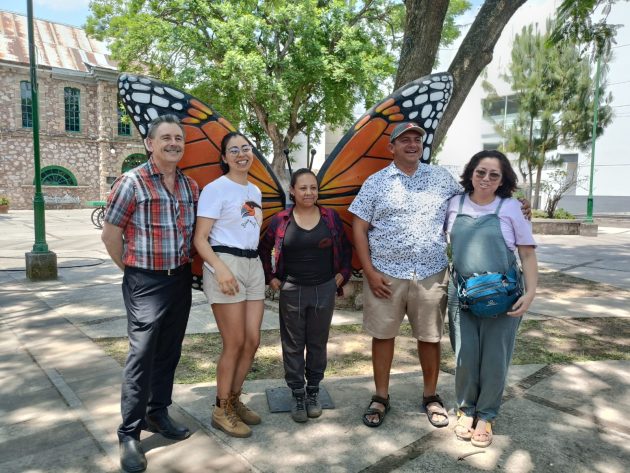
Some of the festival speakers, with the local organizer in the middle. I’m on the left.
While I was not scheduled to do so, I ended up being recruited to speak to young teens in a small town secondary school on Thursday. This town has apparently depended economically, for four generations, on cutting down the local forests. But when I showed the students photos of local birds that outsiders might pay to see, they would smile with recognition. Yes, they had seen them. Some also recognized the calls and songs I played.
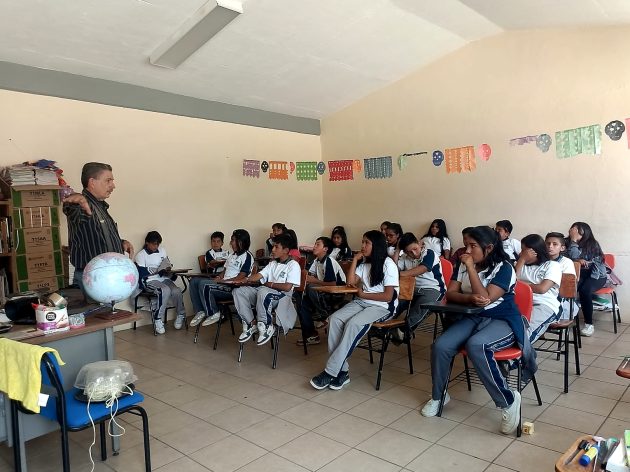
The birds of the region are mostly in Michoacán’s high-altitude category. Here are a few of the examples I showed these students:
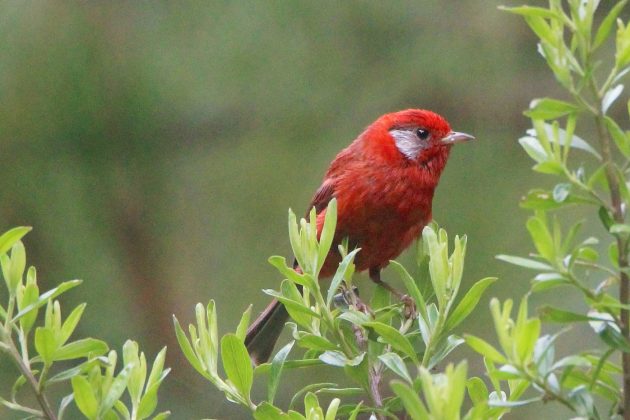
Many indicated they had seen Red Warblers.
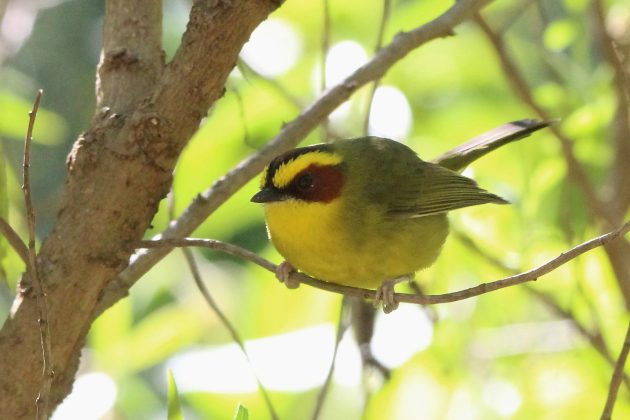
Golden-browed Warblers can be harder to find, but we saw more of them.
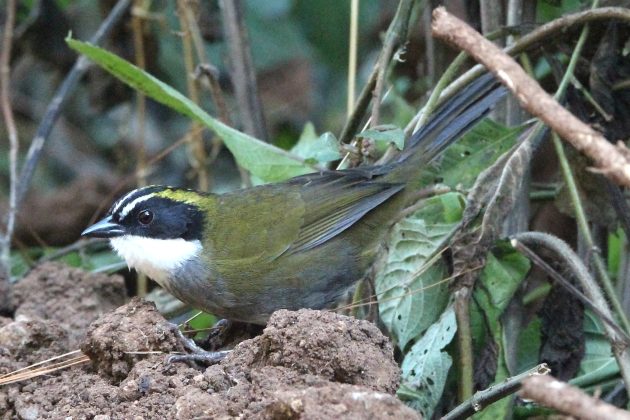
Green-striped Brushfinch
And here are a couple of photos of pleasant surprises that turned up while the festival participants birded:
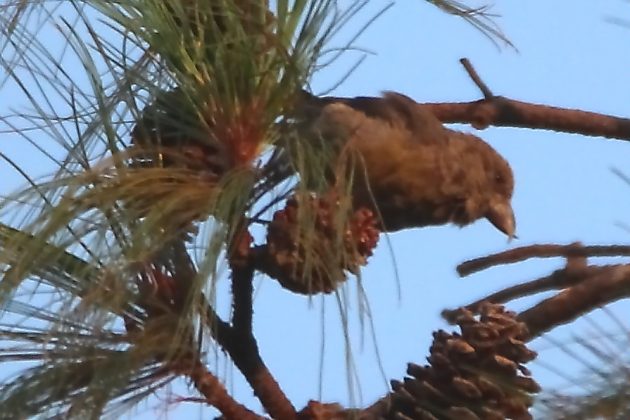
Red Crossbills, like this early-morning example, are always a nice find.
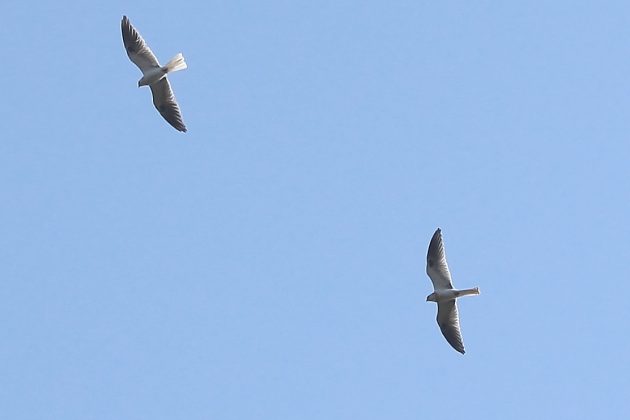
This photo shows two of three White-tailed Kites flying above the forest. A Hook-billed Kite, flying well above its normal altitude, was a much bigger surprise.
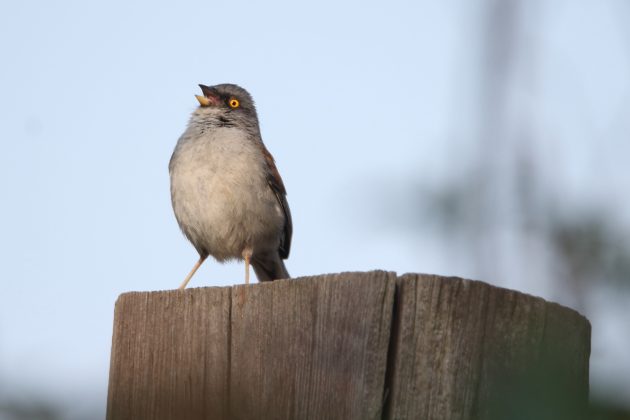
Yellow-eyed Juncos are to be expected in this habitat. But this one put on a special musical show, from a short distance.
The next day, the local festival coordinator, who works with the municipal government’s tourism branch, was over the moon. One young girl had sent her a photo she had taken with her mobile phone, wanting to know what species it might be, and was it a good one. Curiously, I had left if off my list. But it was a very good one indeed, and one of my personal favorites:
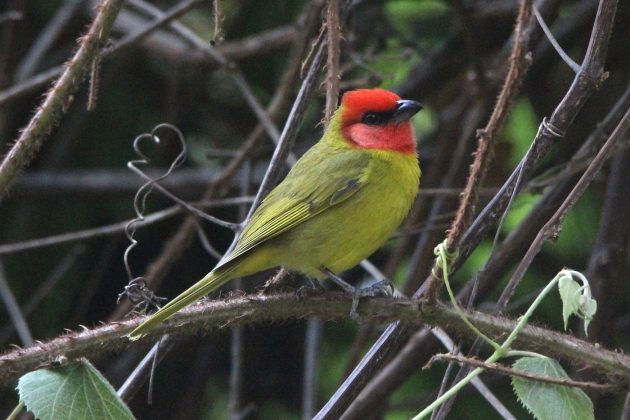
Red-headed Tanager
You nailed it, kid. You’re hired.











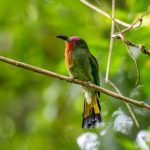

Glad you are up and about again, Paul. Once I figured out how to pronounce the name of this place I will come down to try and displace you. Emphasis on “try”, hahahaha. But I will settle for an eye-full of those Red Warblers…
Failed to write a post, and the excuse is you were birding? Shame on you 🙂
Peter, the pronunciation is roughly see-TALK-wahr-oe. Next, let’s get started on Parangaricutirimícuaro. Or Tzintzuntzan.